When Alain Bourque started researching climate change, he recalls how, from one presentation to the next, people didn't take him seriously. There was a sense among decision-makers in the 1990s that climate change would not be an issue until at least 2050, he explained.
But extreme natural disasters at the end of that decade exposed Quebec's lack of preparation. Following devastating floods in the Saguenay region in 1996 and an ice storm in 1998, a provincial inquiry called the commission Nicolet delivered a warning that Quebec was vulnerable to climate change.
In 2001, several partners including the government of Quebec, Hydro-Quebec, Environment Canada and several universities, such as Université du Québec à Montréal and McGill decided to create a research consortium to address the concerns.
That was when Ouranos was born.
“Instead of each separately investing in the science of climate change and more specifically its adaptation, we decided to create an organization that would enable all these players to develop knowledge on an issue that would not be disappearing in the short term,” says Bourque, executive director of Ouranos.
Ouranos, a science-based consortium funded by the government, is working on plans to help Quebec adapt to a changing climate and to prepare for potential disasters. Video by Clothide Goujard
Based in downtown Montreal, the organization consists of a network of over 450 researchers, practitioners and decision-makers and 50 employees in its offices. Their work space is also shared with people from other organizations like the government, Hydro-Québec or universities to facilitate projects.
At the heart of Ouranos' philosophy is a desire to find solutions to adapt to climate change. It does this by bringing together a wide range of scientific experts and the stakeholders who experience the impacts of climate change on the ground.
“We know that often even in universities, in ministries, etcetera, there’s a tendency to be compartmentalized and to be organized in silos,” says Bourque. “Ouranos aims to break these silos between organizations and fields so this science - science of adaptation with a climate, bio-physical, socio-economical perspective - moves forward.”
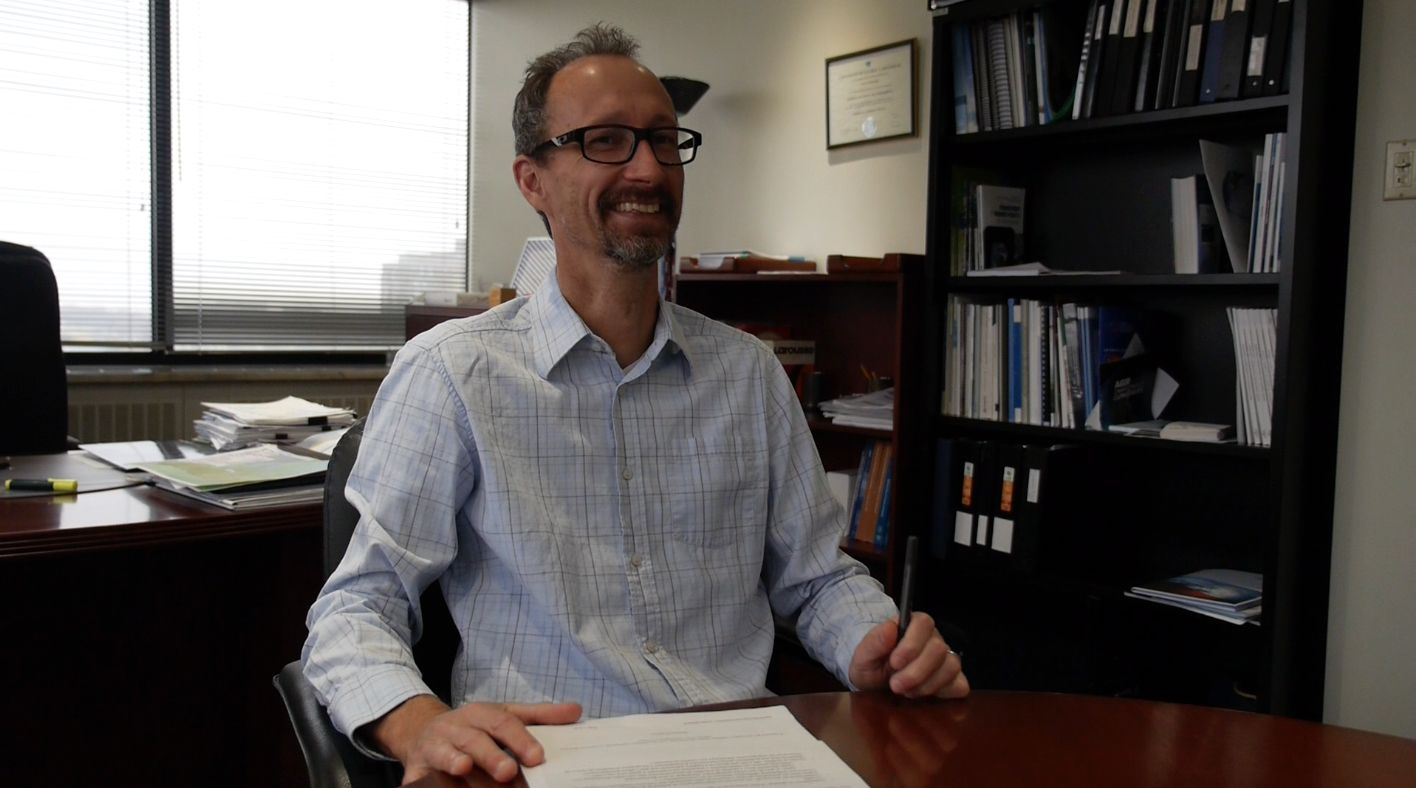
Quebec's coastal villages and communities are at risk
Laurent Da Silva is an economist who recently studied coastal erosion in Quebec. He has been at Ouranos for the past three and a half years and is in charge of quantifying the impact and adaptation of climate change.
“Economic analysis is important, not just at the level of decisions about climate change but in general for public policy,” he says. “We are going to use economic analysis to make choices for an optimal use of public funds.”
Estimating damages and costs of climate change enables him to gauge the “economic burden society will have to pay in the future.”
His studies on coastal erosion helped understand what could be one of Quebec’s most important issues. With more than 6,000 kilometres of coast, many villages and economic areas are at risk.
“In these coastal zones, they are impacted on a daily basis,” says Da Silva. “They are living through more and more severe storms that are damaging structures and that generate really important costs not only for infrastructure but the entire economic activity that depends on it.”
Da Silva worked closely with coastal communities over two and a half years, meeting them regularly to establish the study’s methodology, hypotheses and understand the stakes of the issue.
“Sometimes, it’s a municipal council for example that needs to know ‘what are we doing with our coasts, we have problems,’" says Da Silva. “Residents come see us [to say] ‘We don’t know how to orient our actions,' so the objectives of research are really guided by the needs of the place."
One of the cities he looked at was Percé, an iconic tourism hotspot in the Gaspésie region of eastern Quebec. Its pathway along the sea is at risk, but he and other researchers had expected the wall protecting it to last until 2020, based on engineering expertise. The destruction came faster; it fell down after a few storms.
Da Silva and his colleagues have estimated coastal erosion could endanger thousands of public and private buildings, as well as road and train infrastructure valued at up to $1.5 billion.
They have also pointed to potential solutions. In the case of Percé, adding sand to the beach would counter some erosion.
After the studies, Da Silva travelled to some of Quebec’s remote communities. He was recently in Natashquan, a First Nations reserve, to present the findings, to show how they could apply to this specific area and to support the Innu community in finding solutions to adapt.
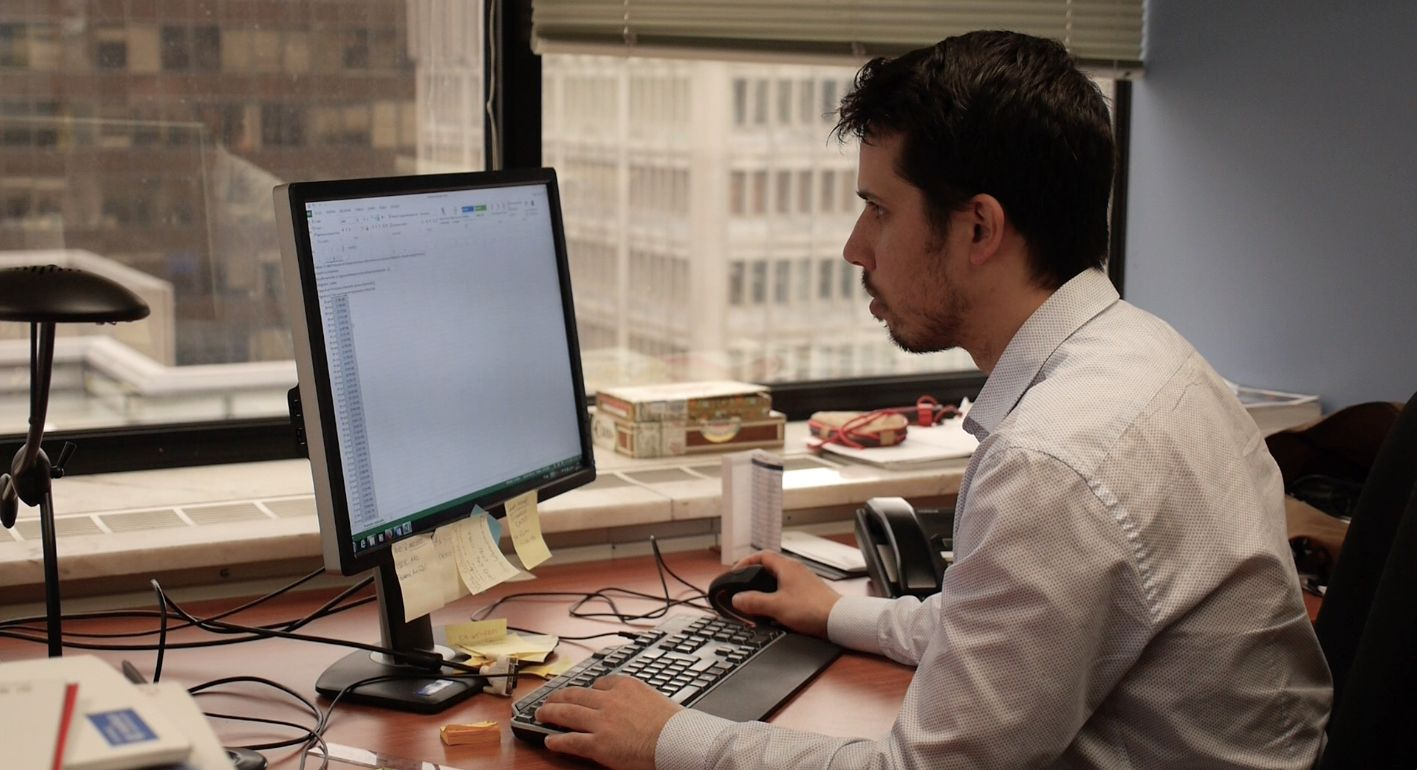
Ouranos teaches governments how to adapt to climate change
Isabelle Charron, climate scenarios and services specialist at Ouranos, trains a variety of organizations, such as municipalities, to understand climate information and adaptation. For cities, the major issues will be extreme heat waves, water management and aging infrastructure.
“We try to help people as much as we can without being directly with them,” she says. “We try to give them different tools so that they can increase their ability to better understand information about climate and to start including it in their decisions.”
Over the course of her work, she’s realized people outside the research sector understood little about climate models and probabilities.
“People generally want one number: ‘tell me if it’s going to be two or four more degrees’,” she says.
So she explains to actors in the field how climate models are made, what they are based on and, most importantly, their uncertainty and limits.
Understanding climate information is crucial for many decisions: depending on which climate models decision-makers choose, the investment will vary. Will a bridge be built with strong and more expensive material based on the hypothesis the city will gain four degrees or will it be built with a more optimistic expectation of a two-degrees increase in temperature?
“There’s a lot of big decisions to take, they are associated with fairly important costs,” Charron says. “So this is why we support them so that they can evaluate the impact of the decisions they will take and the results they will obtain.”
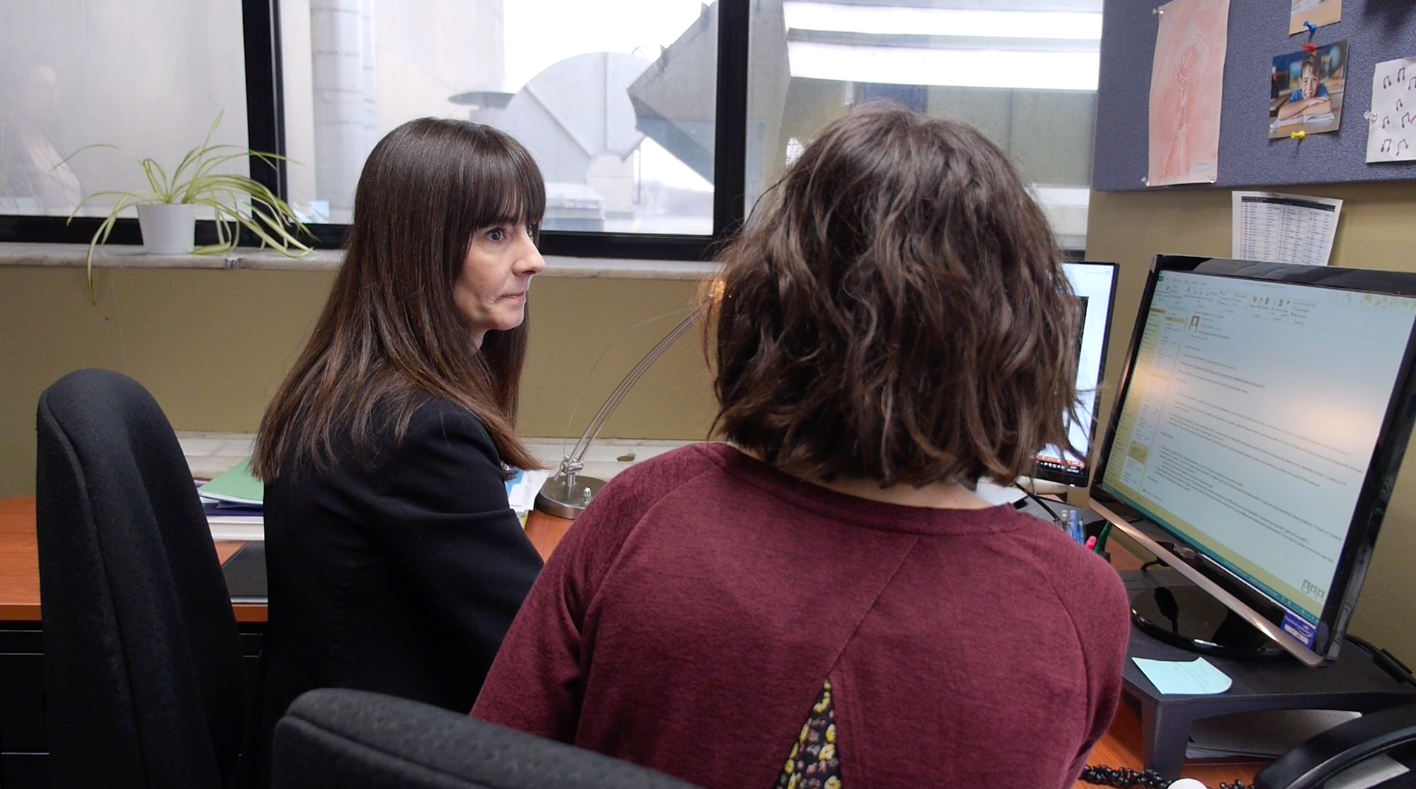
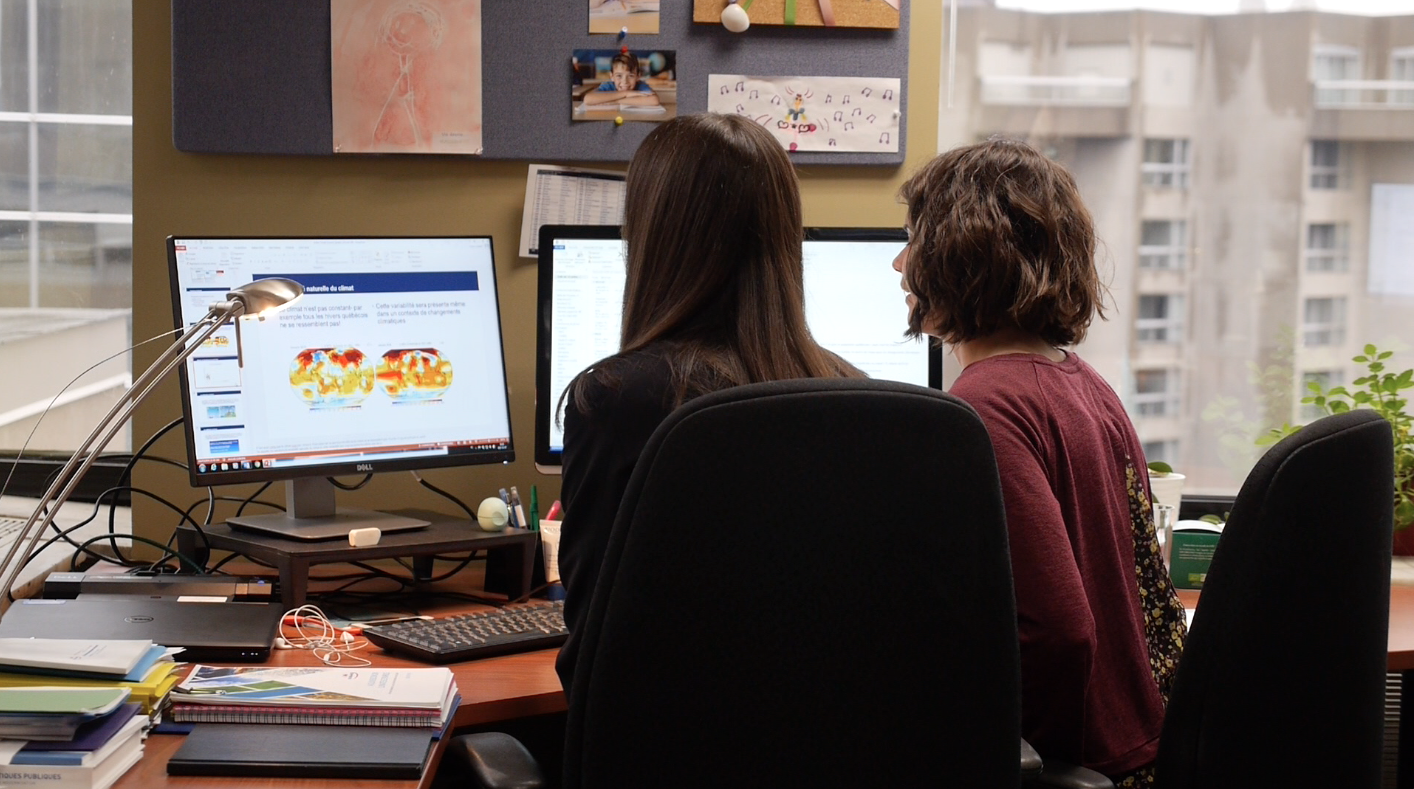
But the advice Ouranos gives to decision-makers sometimes fall flat. According to Bourque, executive director, investments in adapting Quebec’s cities, coasts, forests, transport infrastructures are sometimes neglected in favour of other priorities such as the aging population, the economy, or government deficits.
“Climate change often requires long-term strategies which don’t make elected politicians happy, for example, when they want to be re-elected in the next years,” says Bourque. “And naturally, we’d like a more proactive approach to solve the problems instead of being hit (with a disaster) and having to pick up the pieces.”
But Bourque is optimistic that climate change will no longer be ignored. Since the 1990s, some skepticism about climate change has turned, for many, into a sense of urgency. And even private companies are paying more attention to the science, he said.
In February, the government of Quebec invested $12.7 million into Ouranos to produce research looking at adaptation measures. For Bourque, the province is the one that is acting the fastest with concrete initiatives and plans. That might be because Quebec is at particular risk since it occupies a massive territory with different climate zones, ranging from the Arctic, to coastal areas on the St. Lawrence River to dense urban areas in the south.
“One of the problems for Quebec in terms of preparation is that there are also several indicators that show that our infrastructure, for example, are in worse condition than elsewhere in Canada,” says Bourque.
For him, Ouranos will have successfully achieved its mission when new projects in cities and other levels of government anticipate and then eventually avoid all of the impacts of climate-related events such as heat waves.
“Ouranos’ final objective is that there is almost no impact from climate change,” he says hopefully.




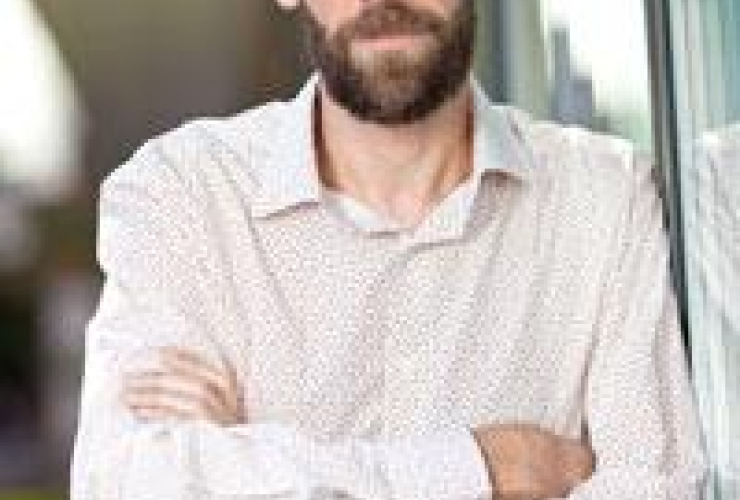
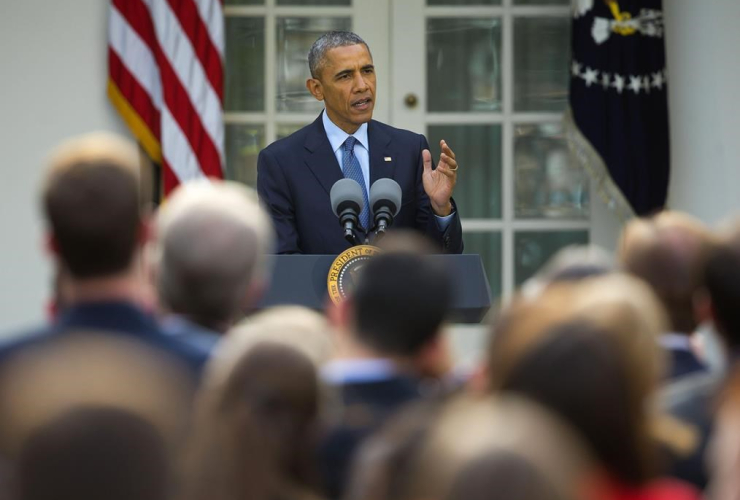
Comments